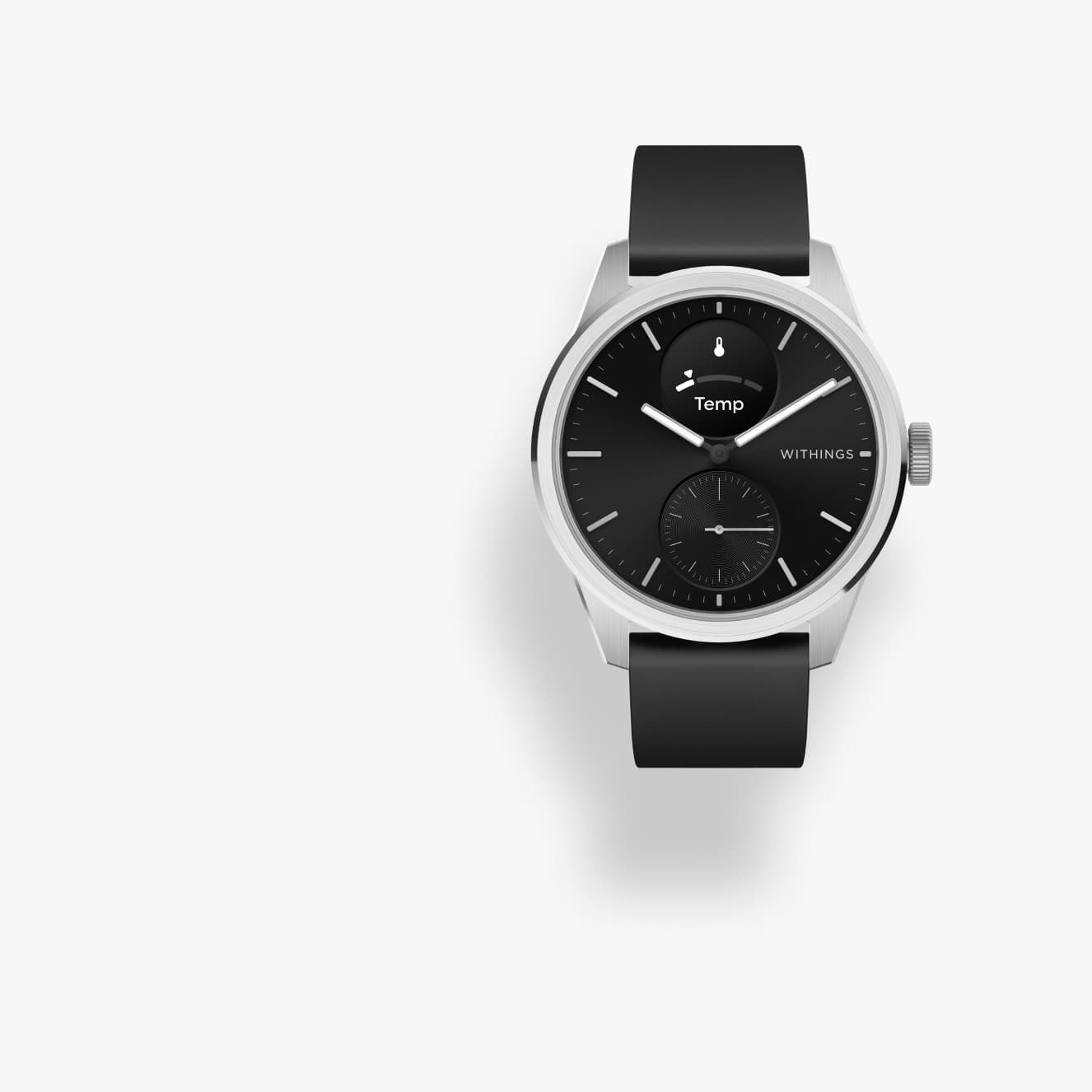With medical experts outlining the possibility of children being far more vulnerable to COVID-19 infection in the ‘third wave’, the Union Health Ministry has listed guidelines for COVID-19 treatment of kids. These guidelines are categorised based on infection severity: mild and asymptomatic, moderate and severe. Notably, the Reliance Foundation recently stated that Mumbai’s Sir HN Reliance Foundation Hospital (RFH) has scaled up its operations towards managing adult and paediatric COVID-19 patients.
Guidelines for COVID-19 treatment of children
Asymptomatic and mild cases
Clinical features
Children with mild or asymptomatic infections must be treated at home. The guidelines add that “children with underlying comorbid conditions including congenital heart disease, chronic lung diseases, chronic organ dysfunction, obesity may also be managed at home.”
- Children infected with COVID-19 may show slight symptoms such as fever, cough, hampered breathing, body ache and loss of taste and smell.
- Some children may show symptoms of gastrointestinal problems.
- Infected children are also showing Multi-system Inflammatory Syndrome (MIS-C). It results in a body temperature of more than 38 degrees Celsius.
- MIS-C, which can result in multi-organ dysfunction, is usually seen weeks after the peak of COVID-19 infection and is potentially life-threatening.
Treatment for mild cases
- Children can be given Paracetamol 10-15 mg, with a four-to-six-hour gap.
- Children suffering from COVID-19 should not be given any antibiotics during home isolation.
- Warm saline gargles are advised for cough.
- Ensure intake of oral fluids to maintain hydration, as well as a nutritious diet.
According to the guidelines, “Maintain monitoring chart including counting of respiratory rates two to three times a day, look for bluish discolouration in any body parts or extremities, urination patterns, oxygen saturation, fluid intake and activity level, especially for young children.”
Moderate infection
Clinical features
- If the child’s age is less than two months old and the respiratory rate is higher than 60 breaths per minute.
- If the child’s age is between two to 12 months and the respiratory rate is higher than 50 breaths per minute.
- If the child’s age is between one to five years and the respiratory rate is higher than 40 breaths per minute.
- Children above the age of five having a respiratory rate higher than 30 breaths per minute.
All the children in the above age group should have an oxygen saturation level of more than 90. Such cases should be treated in a designated COVID-19 health care centre.
Treatment for moderate cases
- Paracetamol 10-15 mg after every four to six hours.
- Electrolyte intake needs to be maintained.
- If the child is unable to eat food, start fluid therapy.
- If a strong bacterial infection is detected, Amoxycillin can be administered.
- For those with oxygen saturation level below 94 per cent, supplementation is required.
- Corticosteroids may be administered in rapid progressive disease. However, this is not required for all children with moderate illness, especially in the first few days of illness.
- Supportive COVID-19 care for comorbid conditions, if any.
Severe cases
Clinical features
As per the guidelines, an SPO2 level of below 90 in children will be termed as a serious case, and such patients should be admitted to a dedicated COVID-19 hospital.
“They may have severe pneumonia, acute respiratory distress syndrome (ARDS), septic shock, multi-organ dysfunction syndrome or pneumonia with cyanosis. Clinically, such children may exhibit symptoms such as grunting, severe chest congestion, lethargy, prolonged drowsiness and seizures. Such children should be admitted in a dedicated COVID-19 hospital/ secondary/ tertiary level healthcare facilities”.
Treatment for severe cases
- Corticosteroids: Dexamethasone 0.15 mg/kg per dose (max 6 mg) per day.
- Antiviral agents: Remdesivir granted for EUA (Emergency Use Authorisation), to be used in a restricted manner within three days of onset of symptoms after ascertaining that the child’s renal and liver functions are normally monitored side effects.
The guidelines specifically mention that “there is no role of Hydroxychloroquine, Favipiravir Ivermectin, lopinavir/ritonavir, Remdesivir, Umifenovir, immunomodulators including Tocilizumab, Interferon Bia, convalescent plasma infusion of dexamethasone in the treatment of children with moderate infection.









